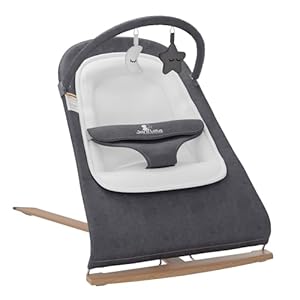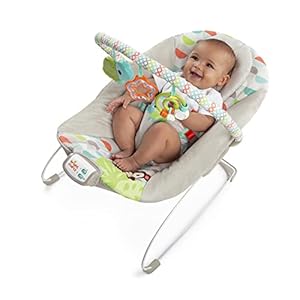
When it comes to caring for your little one, understanding the basics of baby formula is essential. From choosing the right type to ensuring proper nutrition, there are key factors to consider. Making informed decisions about what goes into your baby’s bottle can greatly impact their well-being and development. So, let’s explore the ins and outs of baby formula together, starting with the fundamentals that every parent should know.
Types of Baby Formula
When choosing baby formula, it’s essential to understand the various types available to meet your baby’s specific needs.
The most common types of baby formula include cow’s milk-based formula, soy-based formula, hydrolyzed formula, and specialized formula for specific dietary needs.
Cow’s milk-based formula is the closest to breast milk in terms of nutrients and is suitable for most babies. Soy-based formula is a good alternative for babies who are lactose intolerant or allergic to cow’s milk protein.
Hydrolyzed formula is broken down into smaller proteins, making it easier to digest and ideal for babies with sensitive stomachs or allergies. Specialized formulas are designed for specific needs like premature babies or those with reflux issues.
It’s crucial to consult with your pediatrician to determine which type of formula is best suited for your baby’s unique requirements. By understanding the different types of baby formula available, you can ensure that your little one receives the proper nutrition for healthy growth and development.
Key Nutrients to Look For
To ensure your baby’s optimal health and development, it’s crucial to pay attention to the key nutrients present in the baby formula you choose. When selecting a baby formula, look for essential nutrients like iron, which is important for cognitive development and preventing anemia. Another vital nutrient is calcium, necessary for bone strength and overall growth. Additionally, ensure the formula contains Vitamin D, crucial for calcium absorption and bone health.
Proteins are also critical for your baby’s growth and muscle development. Opt for a formula with high-quality protein sources like whey or casein. Furthermore, fatty acids such as DHA and ARA are beneficial for brain and eye development. These are often found in breast milk and added to some formulas.
Lastly, carbohydrates are a key energy source for your baby. Look for formulas that contain lactose, a natural sugar found in breast milk that’s easily digestible. By choosing a formula rich in these key nutrients, you can support your baby’s healthy growth and development.
How to Prepare Baby Formula
Key nutrients play a vital role in your baby’s growth and development, and knowing how to properly prepare the baby formula is equally important. To start, wash your hands thoroughly with soap and water. Next, sterilize the bottles and nipples by boiling them for five minutes or using a sterilizing solution. Follow the instructions on the formula packaging to measure the appropriate amount of water and powder accurately. Use the scoop provided in the formula container and level it off with a clean knife for precise measurements.
Heat the water to the recommended temperature, usually around 120°F (49°C), and pour it into the bottle. Add the correct amount of formula powder to the water. Securely place the cap on the bottle and shake it well until the powder is completely dissolved. Test the temperature of the formula on your wrist before feeding it to your baby to ensure it’s not too hot. Remember to discard any unused formula after a feeding.
Tips for Feeding Baby Formula
For efficient feeding of baby formula, ensure to establish a consistent feeding schedule that aligns with your baby’s hunger cues and needs. It’s essential to feed your baby formula when they show signs of hunger, such as rooting, sucking on fists, or becoming fussy. Be attentive to these cues to prevent overfeeding or underfeeding.
When feeding your baby formula, hold them in a semi-upright position to reduce the risk of choking and allow for easier digestion. Make sure to burp your baby frequently during and after feeding to release any trapped air that could cause discomfort. Use the recommended amount of formula powder and water to prepare each bottle, following the instructions on the packaging carefully.
Remember to sterilize bottles and nipples before each use to maintain cleanliness and prevent infections. Lastly, create a calm and soothing feeding environment to help your baby relax and enjoy their feeding time.
Transitioning Between Formulas
When switching between different baby formulas, ensure to gradually introduce the new formula to prevent digestive upset. Sudden changes can lead to tummy troubles for your little one. Start by mixing a small amount of the new formula with the current one. Over the course of several days, increase the ratio of the new formula while decreasing the old one. This method helps your baby’s digestive system adjust smoothly.
Watch out for any signs of discomfort during the transition period. If your baby experiences excessive fussiness, gas, or changes in stool consistency, consider slowing down the switch or consulting your pediatrician for advice. Every baby is different, so pay attention to how your little one responds.
Baby products














